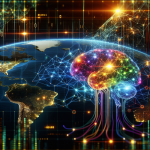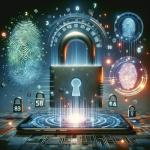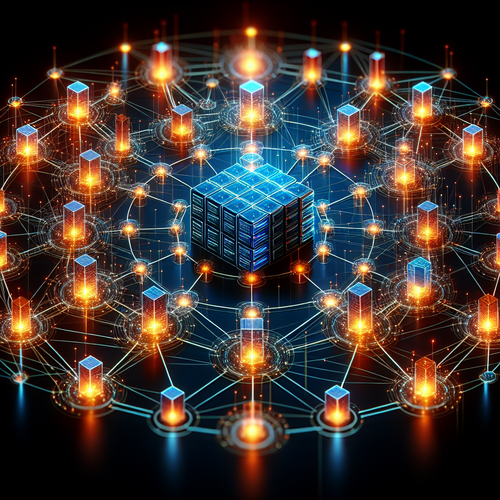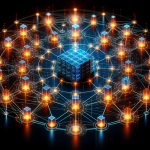
Introduction to AI-Powered Quantum Cryptography
Introduction to AI-Powered Quantum Cryptography
Quantum cryptography represents the next frontier in secure communication. By leveraging quantum mechanics, it offers unparalleled data protection that classical methods can\u2019t match. Recently, the integration of artificial intelligence into quantum cryptography has opened new possibilities to enhance security protocols and optimize key distribution methods.
Prerequisites
- Basic knowledge of quantum mechanics concepts
- Understanding of classical cryptography and encryption basics
- Familiarity with artificial intelligence fundamentals
- Interest in cybersecurity advancements
What is Quantum Cryptography?
Quantum cryptography uses principles of quantum mechanics, such as the uncertainty principle and quantum entanglement, to create secure communication channels. The most notable application is Quantum Key Distribution (QKD), where cryptographic keys are exchanged securely, ensuring that any interception attempts are detectable.
Challenges in Quantum Cryptography
- Complexity in key distribution over long distances
- Hardware limitations and noise interference
- Scalability issues for widespread adoption
How AI Enhances Quantum Cryptography
Artificial Intelligence helps to surmount the challenges faced by quantum cryptography. AI algorithms can optimize key distribution protocols, predict environmental noise, and adapt to real-time changes for more resilient encryption setups.
Key AI Contributions
- Optimization: AI helps optimize quantum channel usage, boosting efficiency and reducing error rates.
- Anomaly Detection: Machine learning models identify abnormal patterns indicating hacking attempts or system flaws.
- Adaptive Protocols: AI dynamically adjusts cryptographic parameters to maximize security in changing conditions.
Step-by-Step Guide: Implementing AI in Quantum Cryptography Systems
Step 1: Understand Your Quantum Infrastructure
Assess your existing quantum communication setup or select suitable hardware capable of QKD.
Step 2: Select AI Models for Optimization
Choose machine learning models best suited for noise prediction and anomaly detection. Popular choices include neural networks and support vector machines.
Step 3: Data Collection and Training
Gather communication data to train AI systems for the specific conditions of your quantum network.
Step 4: Integrate AI with Quantum Channel
Deploy AI models on edge devices managing the quantum key exchange to provide real-time decision support.
Step 5: Continuous Monitoring and Updates
Continuously monitor AI performance and retrain models to adapt to evolving threats and environmental changes.
Troubleshooting Common Issues
- High Error Rates: Check environmental factors and retrain AI for better noise prediction accuracy.
- System Latency: Optimize AI model complexity or upgrade hardware to meet real-time demands.
- Integration Errors: Validate data formats and communication protocols between AI and quantum devices.
Summary Checklist
- Understand quantum cryptography basics
- Select AI models tailored to your communication environment
- Collect and train data for accurate AI model predictions
- Integrate AI with quantum key distribution hardware
- Continuously monitor and adapt AI models for security
For further reading on foundational AI techniques in cybersecurity, check out our post on Harnessing AI for Enhanced Cybersecurity Defense in 2025. To deepen your understanding of quantum mechanics in computing, the Wikipedia Quantum Cryptography page offers a comprehensive overview.













